Power BI Blog: Datamarts – Part 4
15 December 2022
Welcome back to this week’s edition of the Power BI blog series. This week, we will begin exploring the Preview of datamarts in Power BI.
Datamarts are self-service analytics solutions, enabling users to store and
explore data that is loaded in a fully managed database. Since datamarts are usually a subset of the
full database, teams may be given
access to the information they require only, enabling them to share relevant
data and insights within those teams.
Last week, we looked at the differences between datamarts and data warehouses. This week, let’s consider how Power BI supports datamarts.
Power BI allows us to pull data into the datamart from a variety of sources:

In order to access datamarts, we need a Premium or Premium per-user account. Assuming you have this, on the workspace page, click on the New button and then click on ‘Datamart (Preview)’ in the dropdown menu:
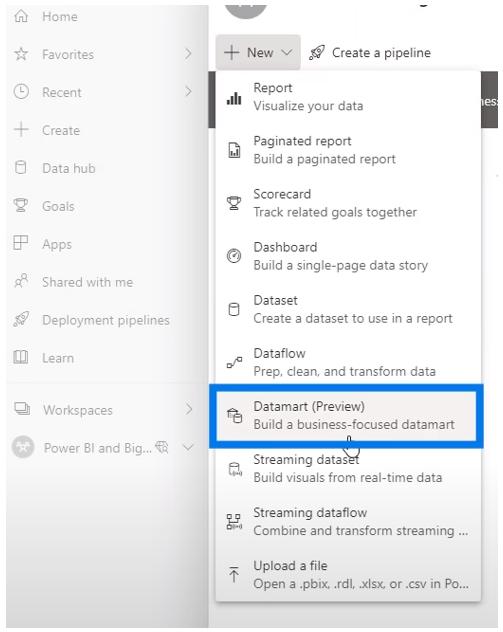
With the datamart created, we can now select the data source. The default options are from Excel, importing data from an SQL server or a dataflow. However, we may click on ‘Get data from another source’ to see all of the supported sources.
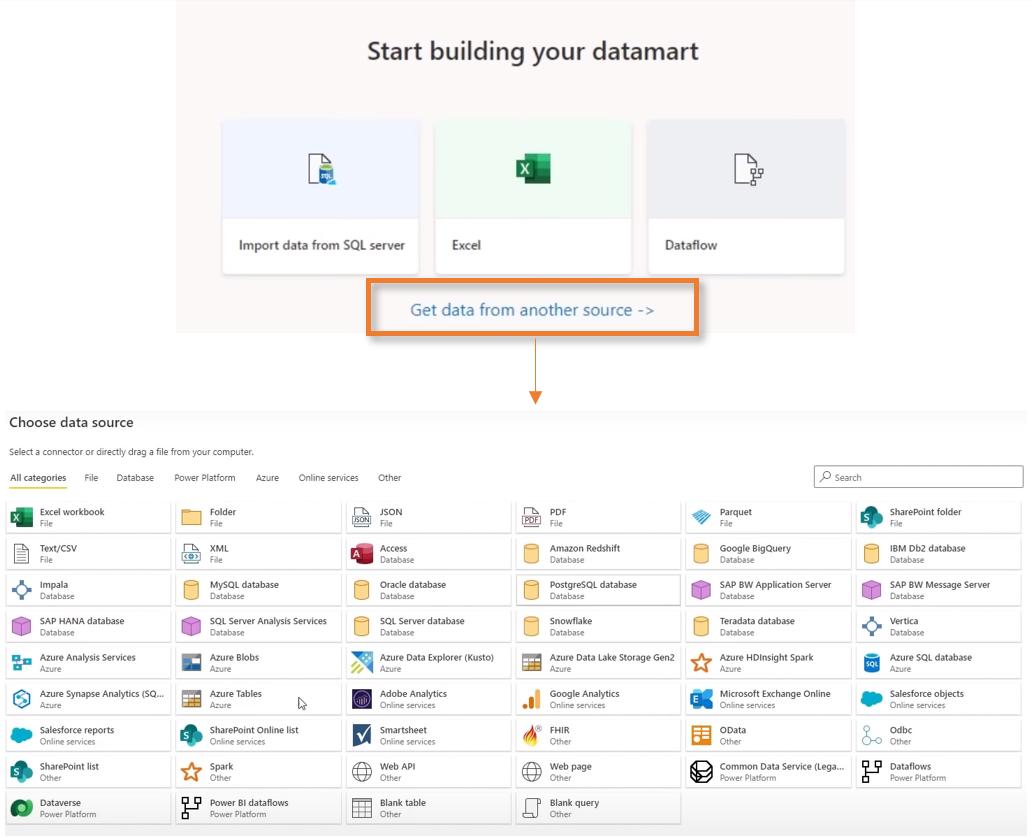
For this example, let’s use an Excel workbook stored on OneDrive.
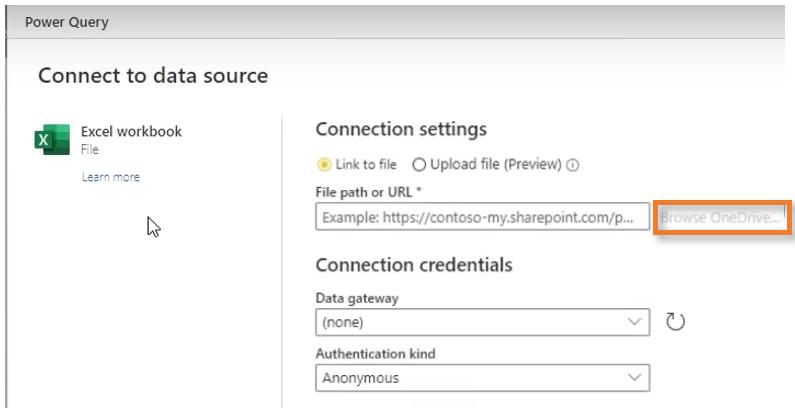
We can browse OneDrive for our file, click on it, and then click on the Select button in the bottom right-hand corner.
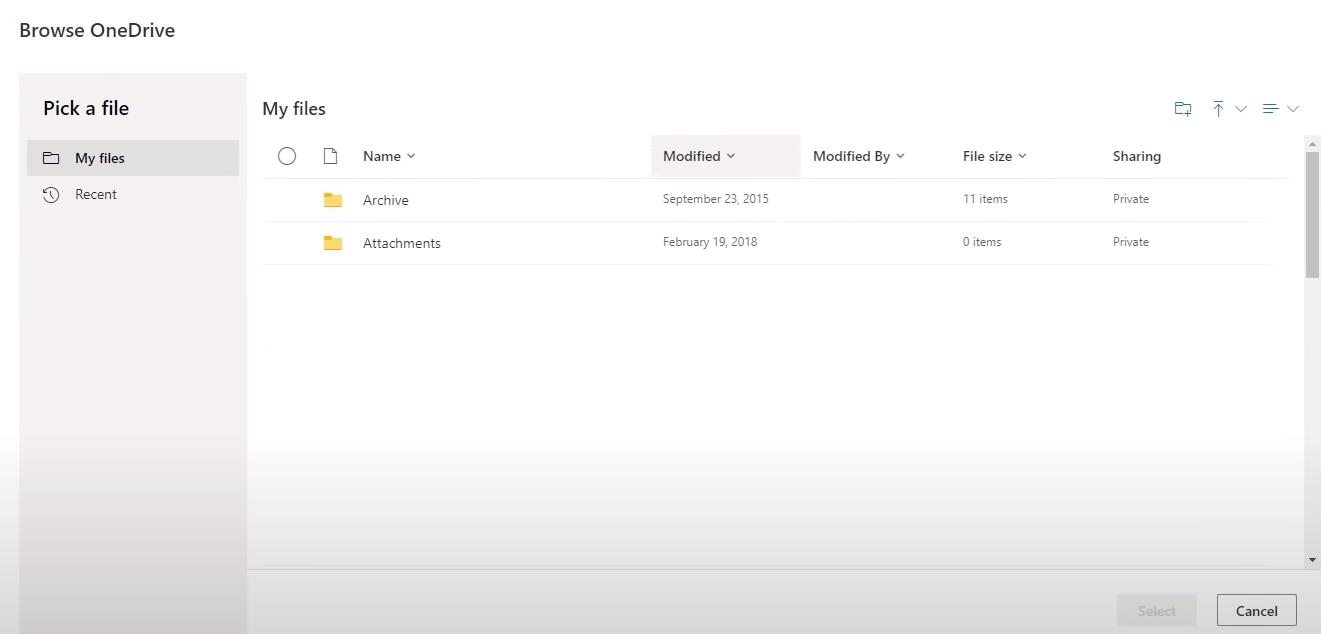
With the file selected, we can now select the ‘Authentication kind’. In this instance, we will select ‘Organizational account’ (sic) and then click on the ‘Sign in’ button, which changes to ‘Signing in’ to indicate the action is being processed:
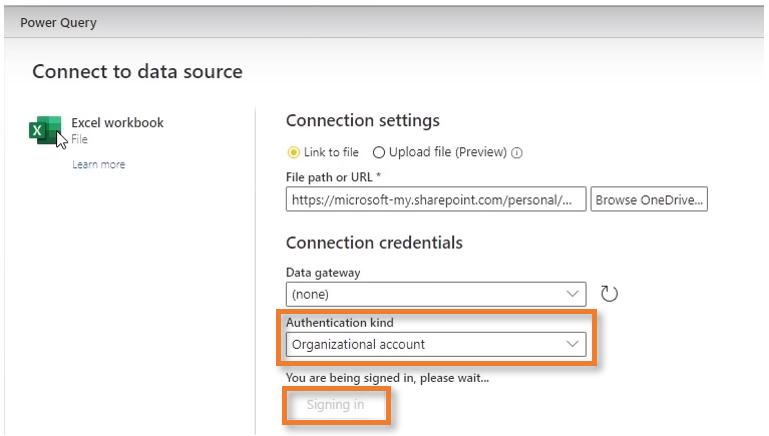
After signing in, we are presented with the ‘Choose data’ window.
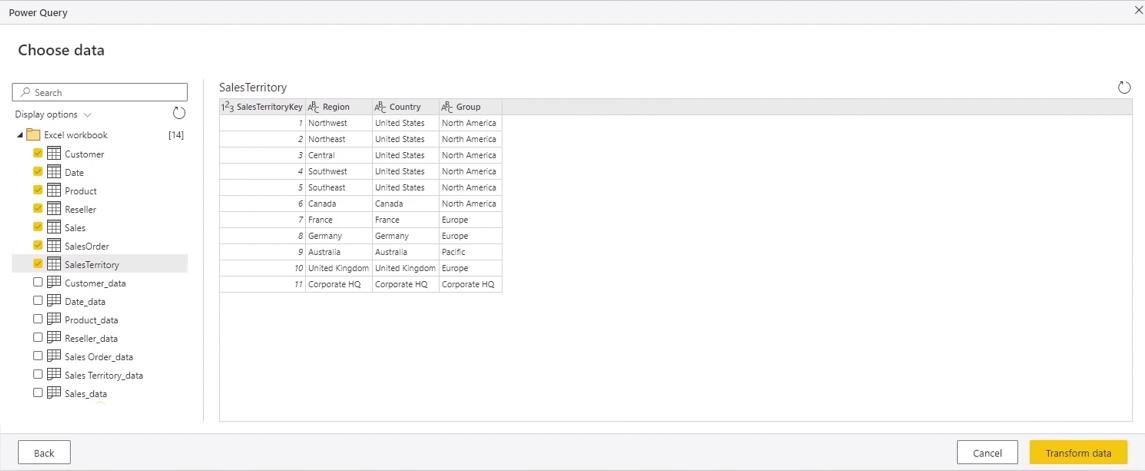
Once data has been selected, the following Power BI screen appears:
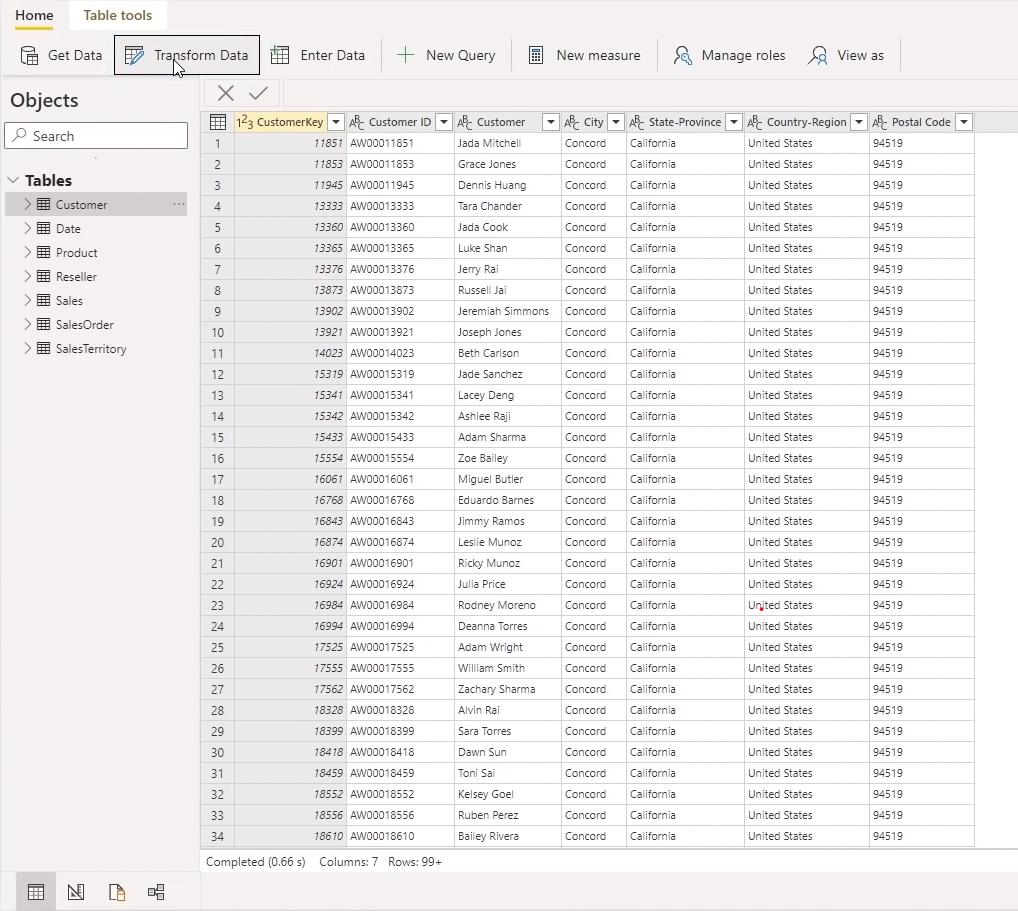
From this screen, we may access the Power Query editor through the ‘Transform Data’ and ‘New Query’ buttons, allowing us to enter and modify queries that manipulate the data. The ‘Model view’ icon on the bottom left-hand side, allows us to create and manage the relationships between tables.
If required, it is possible to create measures in DAX, by clicking on the ‘New measure’ button on the Home tab. However, the online editor does not currently support the creation of DAX calculated columns and tables.
Clicking on the ‘Manage roles’ button allows us to add row level security (RLS). After assigning a security role, we may utilize the ‘View as’ button to see how the data would appear from the perspective of a member of that role.
Next time, we will look at generating queries for the data in a datamart.
Check back next week for more Power BI tips and tricks!

